Introduction
For children with autism and ADHD, sleep disturbances often emerge as a significant barrier to their development and daily functioning. These disruptions can stem from various sources, including biological factors like genetics and brain chemistry, as well as environmental influences such as screen time and physical activity levels. A study funded by the National Institute of Mental Health revealed a strong correlation between reduced nighttime sleep and behavioral issues in preschoolers, highlighting the critical nature of addressing these sleep concerns promptly and effectively.
In a recent initiative, a family-centered model has been established to tackle sleep challenges in neurodiverse children. This approach involves a combination of brief behavioral sleep education and personalized planning with the support of trained clinicians, who collaborate closely with parents to develop tailored strategies. Within just four weeks, this method has shown promising results, with improvements in children's sleep patterns and parental confidence in managing sleep-related difficulties.
Notably, the use of melatonin, a naturally occurring substance that regulates sleep, has been recognized for its potential in aiding the establishment of healthier sleep routines. Parents have reported high satisfaction with this approach, particularly given the complexity and individuality of sleep issues among children with autism and ADHD. The multifaceted nature of sleep disturbances in these children necessitates a nuanced and collaborative approach, as emphasized by experts who advocate for education and support tailored to each family's unique situation.
Understanding Sleep Issues in Children with Autism and ADHD
For children with autism and ADHD, sleep disturbances often emerge as a significant barrier to their development and daily functioning. These disruptions can stem from various sources, including biological factors like genetics and brain chemistry, as well as environmental influences such as screen time and physical activity levels.
A study funded by the National Institute of Mental Health revealed a strong correlation between reduced nighttime sleep and behavioral issues in preschoolers, highlighting the critical nature of addressing these sleep concerns promptly and effectively. In a recent initiative, a family-centered model has been established to tackle sleep challenges in neurodiverse children.
This approach involves a combination of brief behavioral sleep education and personalized planning with the support of trained clinicians, who collaborate closely with parents to develop tailored strategies. Within just four weeks, this method has shown promising results, with improvements in children's sleep patterns and parental confidence in managing sleep-related difficulties.
Notably, the use of melatonin, a naturally occurring substance that regulates sleep, has been recognized for its potential in aiding the establishment of healthier sleep routines. Parents have reported high satisfaction with this approach, particularly given the complexity and individuality of sleep issues among children with autism and ADHD. The use of Actiwatch in a study to monitor sleep patterns, along with parental reporting on sleep habits, underscores the importance of a comprehensive evaluation in understanding and managing these challenges. The multifaceted nature of sleep disturbances in these children necessitates a nuanced and collaborative approach, as emphasized by experts who advocate for education and support tailored to each family's unique situation.
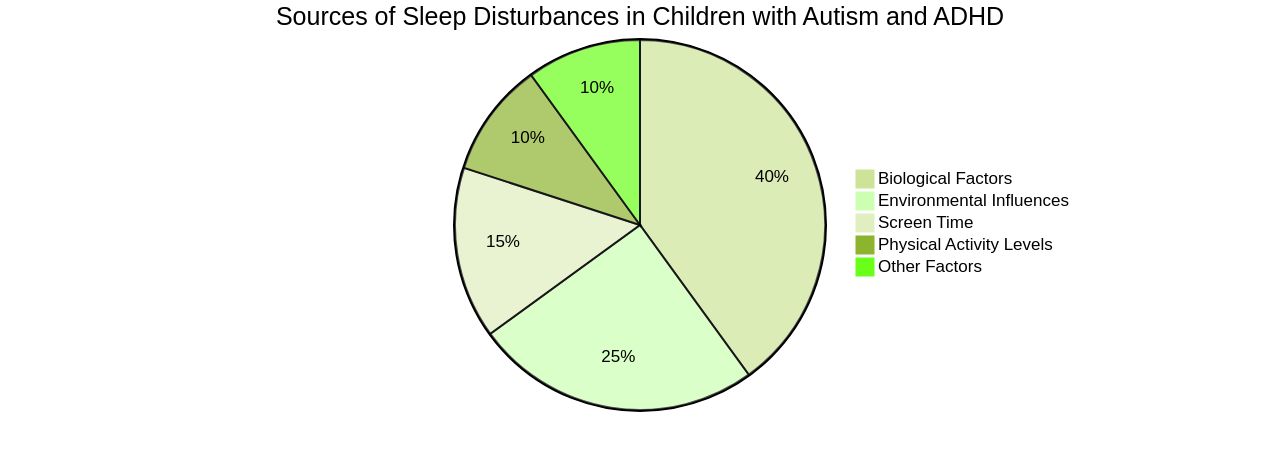
The Importance of Sleep for Children's Health
Adequate sleep is not just a cornerstone of health—it's critical for the cognitive functioning and emotional well-being of all children. This holds especially true for those with autism and ADHD, where sleep deficit can notably hinder their ability to focus and regulate their emotions.
Recent studies have underscored the profound impact sleep has on neurobehavioral functions in young children. Research from Project Viva indicated that children aged 3 to 7 who lacked sufficient sleep faced increased risks of attention deficits, emotional dysregulation, and strained peer relationships by the age of 7.
The study's analysis of 1,046 children showed that those not meeting the recommended sleep thresholds were more vulnerable to these issues. Furthermore, the relationship between sleep deprivation and behavioral problems in preschoolers was pronounced, with a significant association between reduced nighttime sleep and psychiatric diagnoses.
This connection between sleep and behavior problems persists across various demographics, with disparities in sleep duration tied to parental education and household income levels. The consequences of insufficient sleep extend beyond immediate cognitive and behavioral challenges. Long-term health concerns, including obesity, high blood pressure, and insulin resistance, are also tied to poor sleep in children and adolescents. As a supportive ally, understanding these implications is crucial for helping parents manage and address sleep issues in children with autism and ADHD. By recognizing the importance of sleep and its direct correlation with a child's ability to thrive, we can provide targeted support and strategies to improve sleep hygiene and overall quality of life for these children.
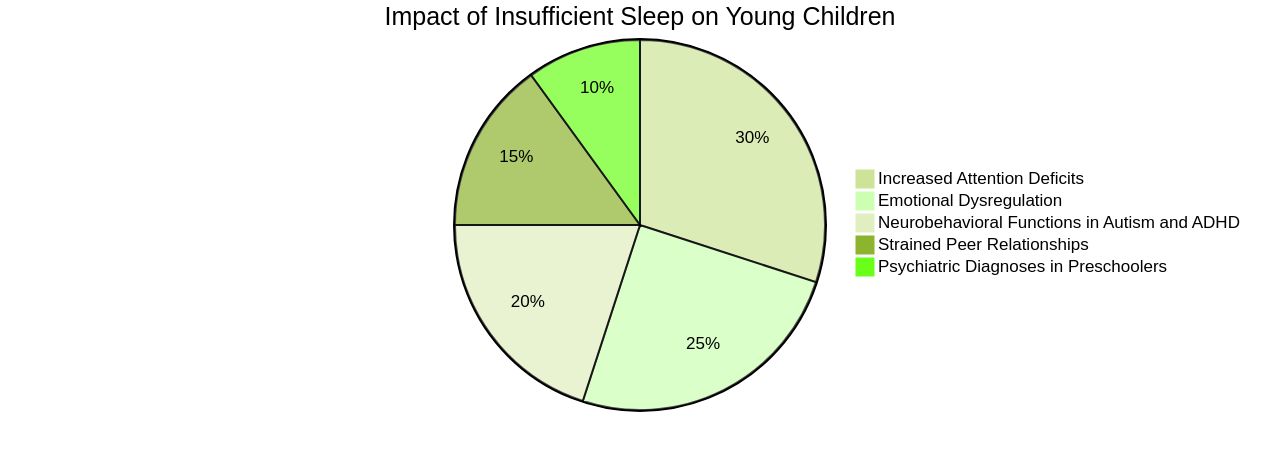
Effective Strategies for Improving Sleep in Children
To nurture the sleep health of children with autism and ADHD, parents and caregivers can adopt a multifaceted approach. A consistent bedtime routine is foundational, offering stability and predictability.
Moreover, crafting a sleep-conducive atmosphere in the home can be transformative, ensuring the environment is soothing and favorable to rest. Equally critical is fostering a state of relaxation before bedtime, which can be the bridge to a peaceful night's sleep.
Managing external factors, such as stimulants and medications, is also essential as they can significantly influence sleep patterns. Dr. Rachel Y.
Moon, an expert pediatrician, acknowledges the wide array of sleep issues across age groups, emphasizing the unique challenges faced by children with neurodevelopmental differences. Our team's family-centered model, involving brief behavioral sleep education and personalized planning, has demonstrated remarkable success.
After just four weeks, significant improvements in children's sleep and behavior were observed, alongside a boost in parental confidence. This model, which includes training clinicians to support families, underscores the necessity of tailored strategies that respect individual and cultural preferences for co-sleeping or shared sleeping arrangements. Melatonin's role in promoting sleep further highlights the complexity of biological factors at play. The need for a clinical approach to evaluate and manage ADHD-related sleep disturbances is clear, given the multifactorial nature of sleep issues. With this comprehensive, empathetic framework, parents can feel empowered to support their child's journey towards restorative sleep, enhancing their overall well-being and daily functioning.
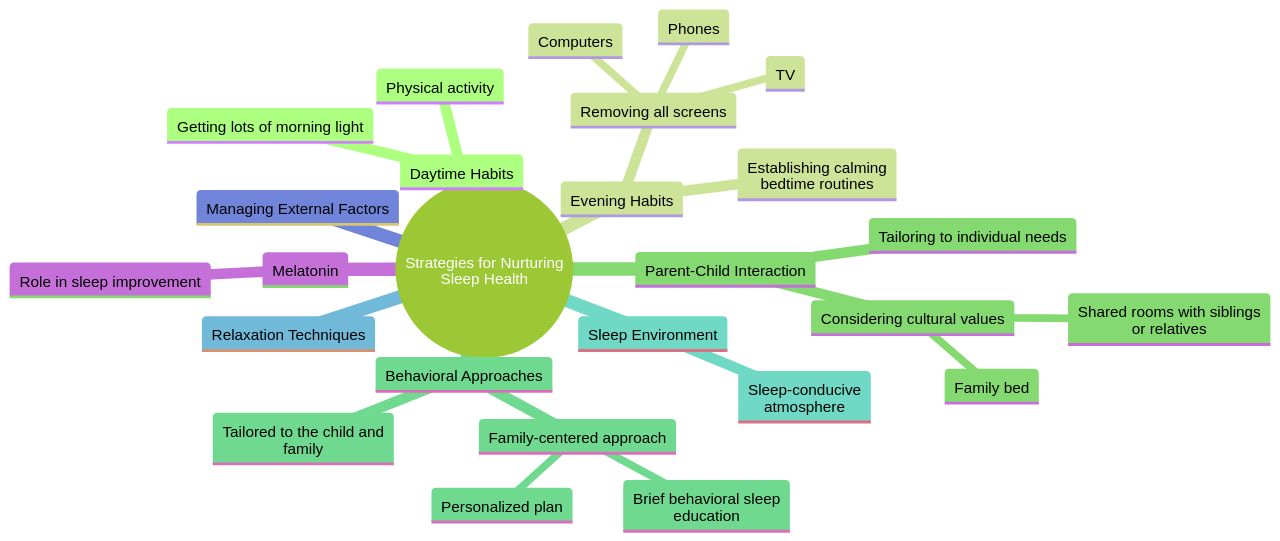
Melatonin: An Effective Option for Sleep Disorders
As sleep issues become increasingly common in children with developmental disorders such as autism and ADHD, many parents are turning to melatonin as a potential solution. This natural hormone, which the brain's pineal gland produces to regulate sleep-wake cycles, has been used with growing frequency.
A study published in JAMA Pediatrics highlights this trend, revealing that the use of melatonin has risen dramatically among children, with usage rates climbing from about 1% to an astonishing 20% in recent years. The study, which involved 993 children aged one to 14, reported that children are often given melatonin for extended periods, with usage averaging from 12 to 21 months depending on the age group.
While the study's authors urge caution due to its limited scope, the findings are supported by an American Academy of Sleep Medicine survey, which found that approximately 46% of parents have administered melatonin to their children under 13 to aid sleep. Parents generally report high satisfaction with melatonin's effects on their children's sleep disturbances.
However, experts, including the American Academy of Pediatrics, emphasize that melatonin should be used as a short-term intervention rather than a long-term solution. They advocate for its use only after other non-pharmacological interventions have been explored and under the guidance of a healthcare professional knowledgeable about the child's underlying disorder. The off-label use of melatonin in these pediatric patients is a subject of ongoing research, particularly regarding its long-term effects on behavior and cognition. Clinicians are also examining the potential benefits of combining melatonin with behavioral interventions to enhance its efficacy. Despite melatonin's popularity, it's crucial for parents to consult with healthcare professionals before starting their children on a regimen to ensure safe and appropriate use.
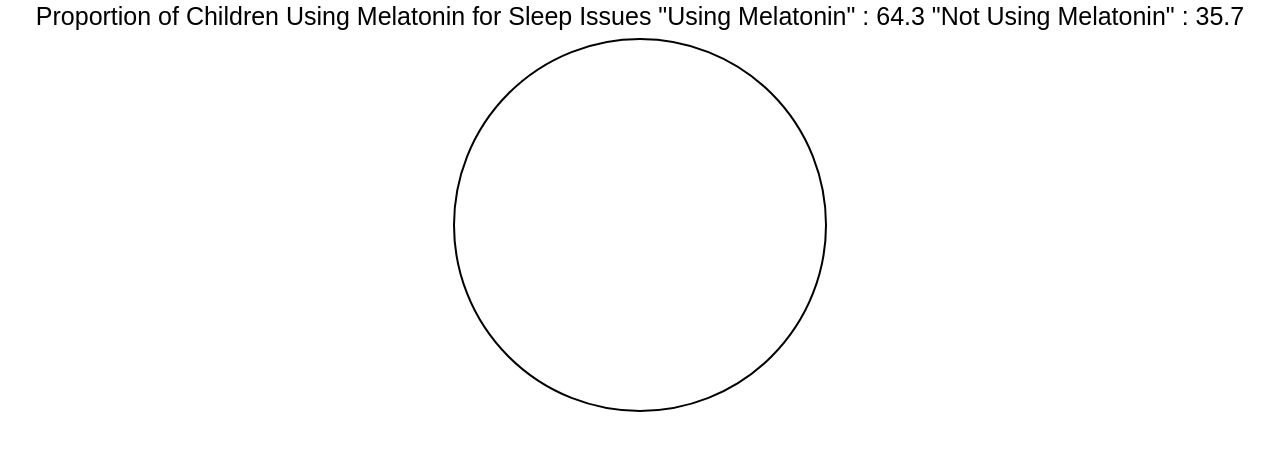
Dosage and Administration of Melatonin for Children
In managing sleep issues among children, especially those with autism and ADHD, melatonin has emerged as a commonly used supplement due to its ability to regulate sleep cycles. However, it's essential to use melatonin judiciously and under the guidance of a healthcare professional, as its effects can vary based on the child's age and specific sleep challenges.
Recent studies, including one from JAMA Pediatrics involving parents of 993 children aged one to 14, highlight a substantial rise in melatonin use. This increase is reflected in an online survey by the American Academy of Sleep Medicine, which found that roughly 46% of parents have administered melatonin to children under 13.
Notably, fathers and younger parents are more inclined to use this sleep aid. The American Academy of Pediatrics underscores that melatonin should be a short-term solution, and other interventions like improving sleep hygiene or behavioral therapy may be more appropriate for typical sleep issues.
Alarmingly, poison control centers have reported a 530% surge in accidental melatonin ingestions by children from 2012-2021. While most did not exhibit symptoms, a small number required intensive care. With the prevalence of melatonin use increasing from around 1% to 20% among children, as indicated by NIH survey findings, it is critical to reassess its use every 14 days and discontinue if no improvement is observed. Parents report children taking melatonin two to five days per week on average, with some using it daily, highlighting the importance of careful monitoring and consideration of non-pharmacological strategies for managing sleep disturbances.
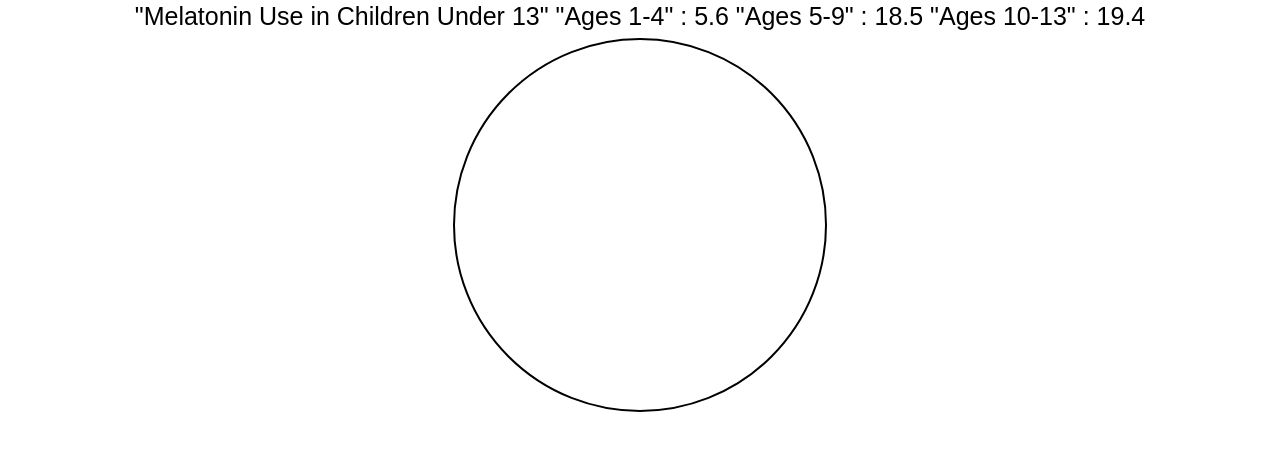
Conclusion
In conclusion, sleep disturbances in children with autism and ADHD can be significant barriers to their development and daily functioning. These disruptions can arise from various factors, including genetics, brain chemistry, screen time, and physical activity levels.
Promptly addressing these concerns is crucial, as reduced nighttime sleep has been strongly linked to behavioral issues in preschoolers. A family-centered model that combines brief behavioral sleep education and personalized planning has shown promising results in improving children's sleep patterns and boosting parental confidence within just four weeks.
The use of melatonin, a naturally occurring substance that regulates sleep, has also been recognized for its potential in establishing healthier sleep routines. It is important to recognize the complexity and individuality of sleep issues among children with autism and ADHD.
A collaborative approach that provides tailored strategies, education, and support based on each family's unique situation is essential for effectively managing these challenges. Adequate sleep is vital for the cognitive functioning and emotional well-being of all children, particularly those with autism and ADHD.
Insufficient sleep can hinder their ability to focus and regulate emotions. Studies have shown that lack of sufficient sleep in young children can lead to attention deficits, emotional dysregulation, strained peer relationships, and even long-term health concerns such as obesity and high blood pressure.
To improve the sleep health of children with autism and ADHD, parents can adopt a multifaceted approach. This includes establishing consistent bedtime routines, creating a sleep-conducive atmosphere at home, promoting relaxation before bedtime, managing external factors that may disrupt sleep patterns, and seeking professional guidance when necessary. While melatonin has gained popularity as a potential solution for sleep disorders in children with autism and ADHD, it should be used judiciously under the guidance of healthcare professionals who are knowledgeable about the child's underlying disorder. Other non-pharmacological interventions should be explored first before considering melatonin use. In conclusion, addressing sleep disturbances in children with autism and ADHD requires understanding the complexity of these challenges and collaboration between healthcare professionals and parents. By implementing targeted strategies tailored to each child's unique situation while considering non-pharmacological interventions first before resorting to melatonin use, we can provide effective support for improved sleep hygiene and overall quality of life for these children.




